Don’t blame ‘disinformation’ for Trump’s poll bounce
Fake, AI-generated images of Donald Trump with black voters have sent the clerisy into hysterics.
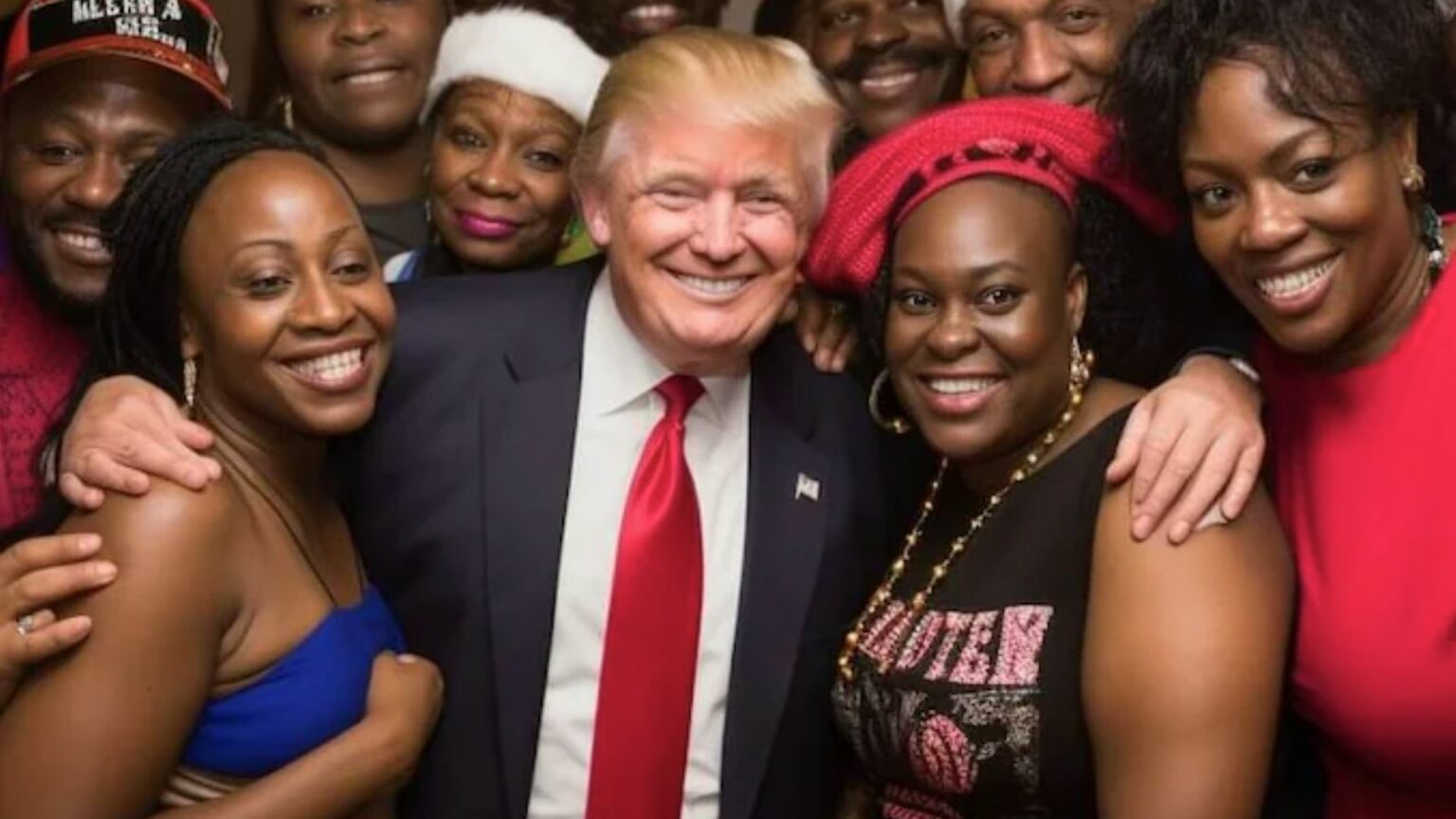
Want to read spiked ad-free? Become a spiked supporter.
Two weeks ago, Donald Trump gave an ad-libbed address to the Black Conservative Federation. As you might expect, his speech was digressive, funny and camp. At one point, he treated the audience to a cruel but well-observed impersonation of President Joe Biden wandering off stage. The rapport with the audience was obvious. And while there is no easier crowd to please than devoted fans at a gala, Trump is also gaining ground with black America more broadly.
As he was delighted to point out, he now has the highest poll rating among Hispanic and African-American voters of any Republican presidential candidate in modern times. Trump took just eight per cent of the black vote in 2020. But new polling suggests that 23 per cent of black voters in six of the key swing states – Arizona, Georgia, Michigan, Nevada, Pennsylvania and Wisconsin – will vote for him in 2024, enough to have a significant impact on the election. His nationwide approval rating among Hispanics is even more startling. He is on 46 per cent compared with Biden on 40 per cent. This represents a 39-point swing in Trump’s favour over the past four years. This could prove even more decisive in the election.
You need only to listen to his speech to the Black Conservative Federation to understand the appeal. Biden’s Democrats ‘have thrown black Americans overboard’, he told the audience. Black homeownership peaked during his presidency, he boasted, while black unemployment hit record lows. Crime has increased across 29 major US cities since he left office, he pointed out.
Meanwhile, Trump reminded the caucus that Biden helped to write Bill Clinton’s 1994 Crime Bill, which resulted in a huge increase in the incarceration of African Americans. He pointed out how Hillary Clinton, as the then first lady, also campaigned for the law by warning of the alleged threat posed by ‘superpredators’ – a now widely discredited racial trope. (In 2015, Bill said he regretted the legislation.)
Trump’s poll numbers have started to worry the Democrats. They are fretting that they can no longer rely on what were once seen as a loyal voting bloc. But then, why should these voters be loyal to the Democrats? ‘Progressive’ politicians have patronised ethnic-minority voters for decades. They have treated them as docile constituencies who should be grateful for some occasional attention from their social superiors.
In recent years, working-class voters of all races have been driven away from the Democrats. As Joel Kotkin argued recently on spiked, ever since Bill Clinton embraced economic liberalism, and Obama aligned his party with Silicon Valley and Wall Street, the Democrats have been morphing into the party of the new oligarchs.
Kotkin also identified a new ‘clerisy’ in the media, the administrative class and the academy in his 2014 book, The New Class Conflict. The clerisy plays a key role in promoting and enforcing the values and desired social norms of the elites. In the eyes of these finger-wagging ‘progressives’, the working classes eat the ‘wrong’ food and hold all the ‘wrong’ beliefs. Crucially, they think the ‘wrong’ thoughts on what progressives consider to be the most pressing issues – such as gender, race and climate change. As such, working-class people no longer feel included in the left’s coalition.
The speed with which Democrats have taken up the clerisy’s new dogmas is mind-boggling. Even President Obama embraced the shale-gas revolution (aka fracking). This underpinned strong economic growth and bolstered America’s energy security, and thus helped get him re-elected. Yet to be pro-fracking would be unthinkable now on the climate-obsessed left. Similarly, many seem to forget that Obama deported more illegal migrants than any other president in American history. Whereas today, Democratic activists insist on an open-border policy.
Enter Trump. His spikey defences of the value of cheap fossil-fuel energy, his calls for immigration control and his threats to impose import tariffs at least signal to voters that he understands some of their problems (even if tariffs ultimately increase prices from consumers).
However, the ‘be kind’ brigade, who are today aghast at Trump’s resurgence in popularity, still cannot fathom his appeal to voters. The one thing the clerisy are certain of is that it has nothing to do with themselves or their policies. Instead, they have mostly blamed the Democrats’ woes on online ‘misinformation’ and ‘disinformation’.
If ‘disinformation’ accounted for Trump’s first victory, then might it also explain his current success among black and Hispanic voters? The BBC was only too happy to throw its weight behind this theory earlier this week. A Panorama ‘investigation’ found that ‘Donald Trump supporters have been creating and sharing AI-generated fake images of black voters to encourage African Americans to vote Republican’. The BBC’s Justin Webb and Marianna Spring recoiled in horror at the ‘dozens of deepfakes portraying black people as supporting the former president’ that have swirled around social media. Yes, literally ‘dozens’.
It turns out that most of these deepfakes were made by a Trump-supporting parody account, whose X handle – @TrumpHistory45 – can be very clearly seen on the pictures. Still, whatever the source, why would this matter anyway? As one distributor of the images explained to the BBC: ‘If anybody’s voting one way or another because of one photo they see on a Facebook page, that’s a problem with that person, not with the post itself.’ Indeed, to suggest that voters can be so easily duped by the odd viral meme is patronising in the extreme.
Pundits first seized upon ‘disinformation’ as a coping mechanism following Trump’s shock victory back in 2016. Back then, Facebook ads were said to hold occult-like powers to shift naive voters towards voting for Trump. Ever since, combatting disinformation has become a huge employment opportunity for the clerisy. Governments and well-funded foundations now engage large numbers of people to find and stamp out this apparent scourge of fake news.
In Europe alone, you can take your pick from the EU DisinfoLab or the EU’s flagship project, ‘EUvsDisinfo’, which is run by the EU’s diplomatic service. Several governments, including the UK, are funding the Center for Information Resilience, which employs Joe Biden’s short-lived ‘disinformation tsar’ Nina Jankowicz. There is also the BBC’s Verify operation, which employed over 60 staff when it launched in May last year. All of these groups trot out the same explanation for every political development that the clerisy disapproves of or cannot understand.
Of course, there are plenty of reasons not to welcome a Trump presidency and the circus of chaos it would bring. But should he return to the Oval Office, it won’t be because someone, somewhere has seen an AI-generated image on social media. This time, it looks like Trump’s critics are getting their excuses in early.
Andrew Orlowski is a weekly columnist at the Telegraph. Visit his website here. Follow him on Twitter: @AndrewOrlowski.

Matt Ridley and Brendan O’Neill – live and in conversation
Thursday 21 March – 7pm to 8pm GMT
This is a free event, exclusively for spiked supporters.
Picture by: X.
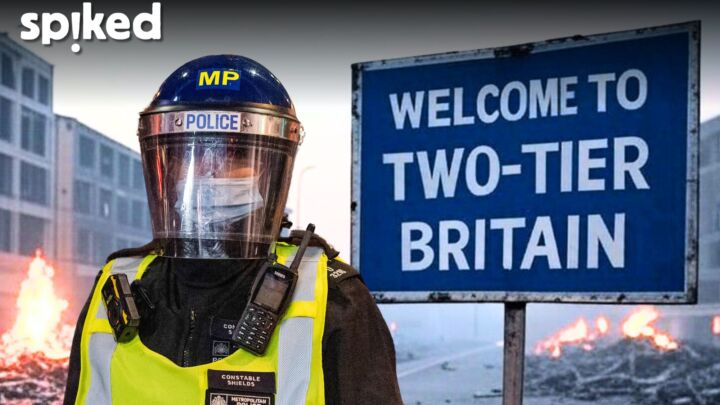
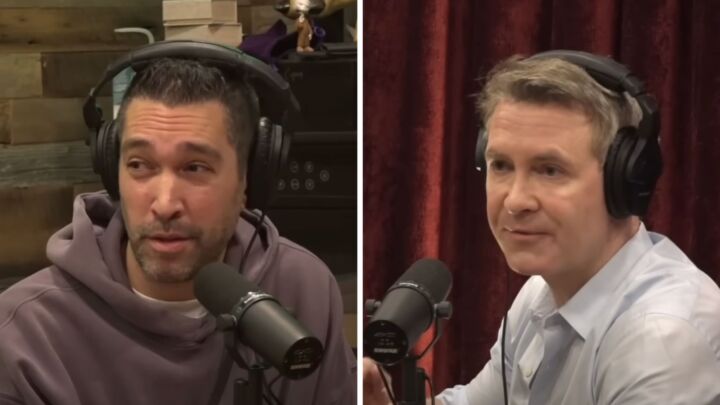

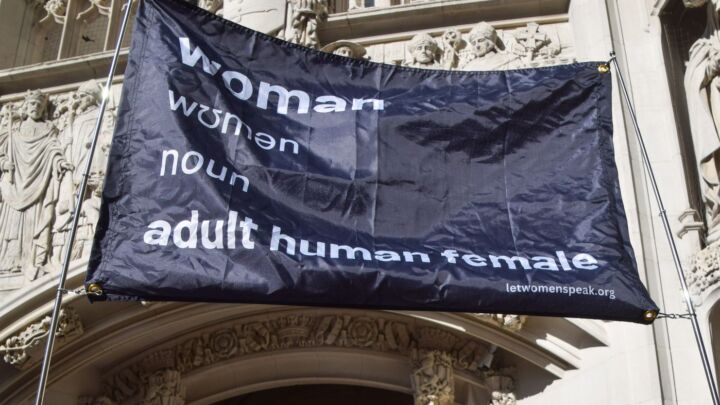


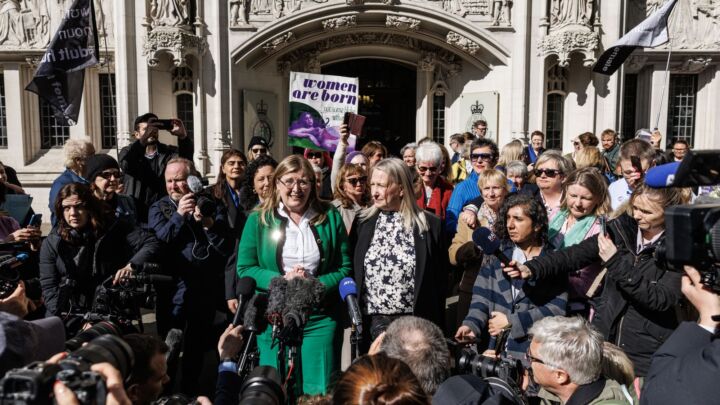

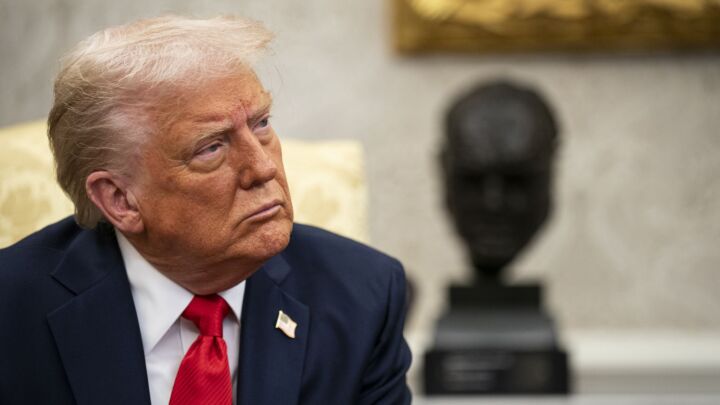
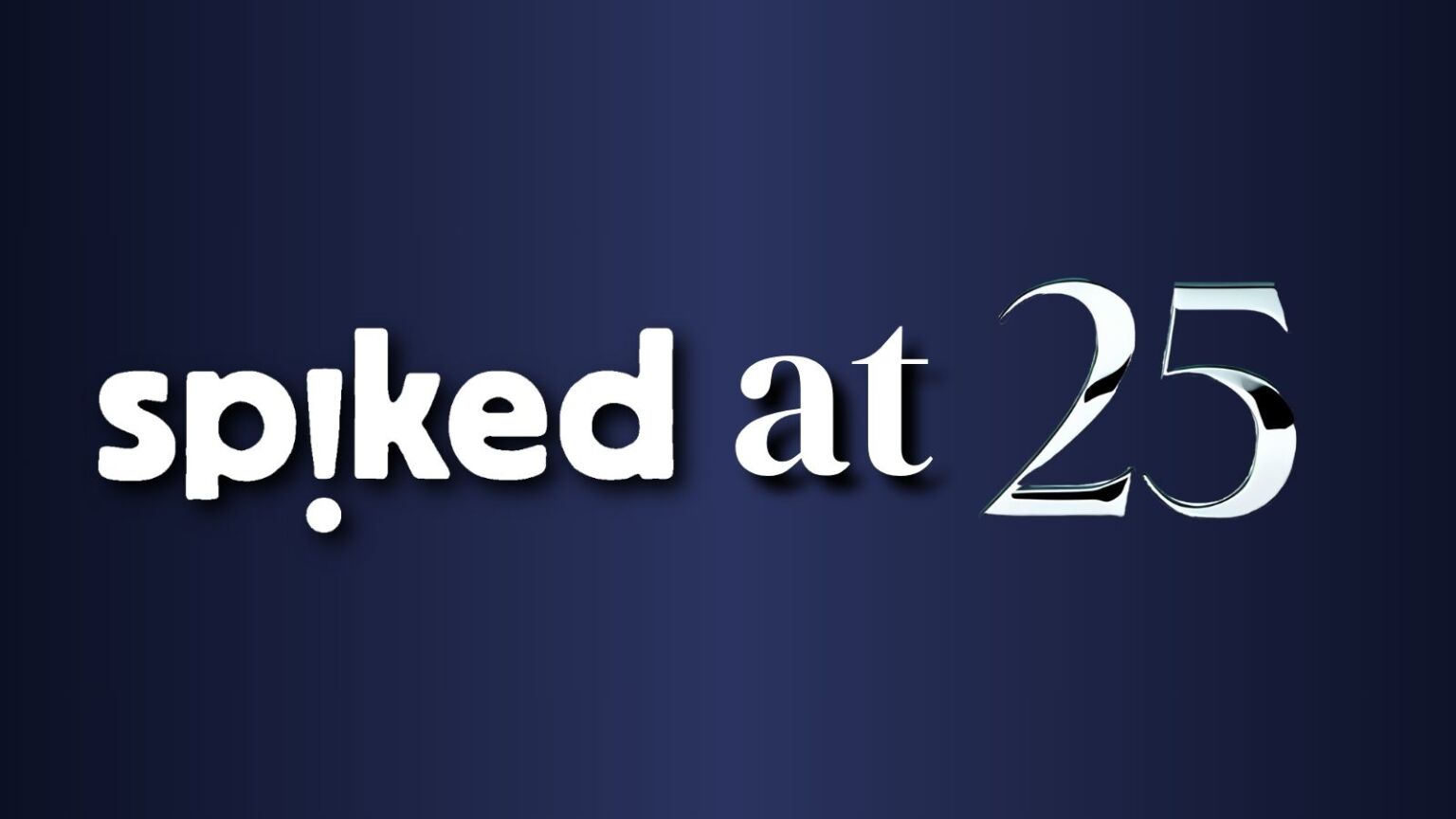
Comments
Want to join the conversation?
Only spiked supporters and patrons, who donate regularly to us, can comment on our articles.